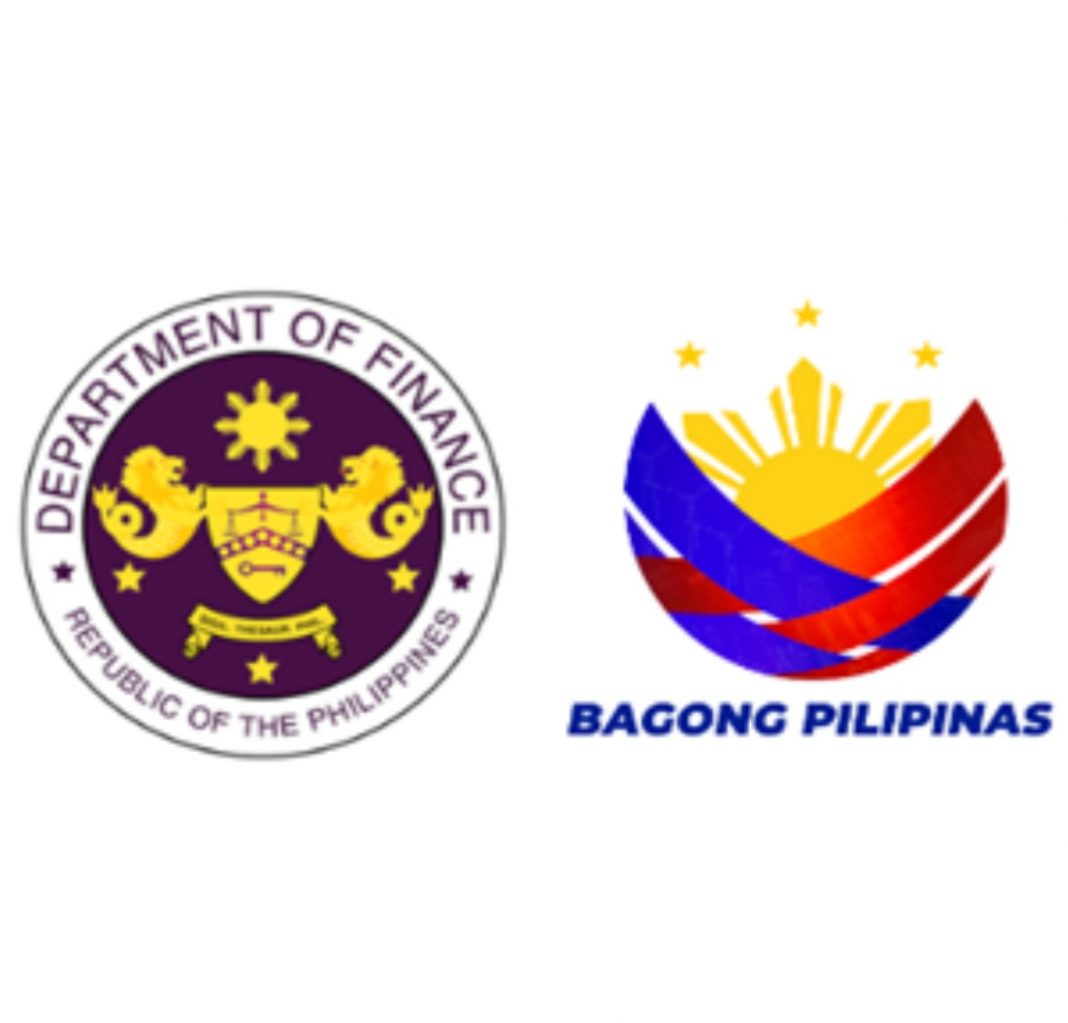The Philippines is seeing significant positive economic trends, particularly for its most vulnerable citizens, as the country’s bottom 30% income households recorded deflation of -0.4% in June 2025. This marks the lowest level since October 2019 and is attributed to sustained government efforts to alleviate financial burdens and lift Filipinos out of poverty.
The overall headline inflation rate for June 2025 stood at a low 1.4%, bringing the year-to-date inflation rate to just 1.8%. This figure is notably well below the government’s target range of 2% to 4%, signaling successful price stabilization measures.
Finance Secretary Ralph G. Recto expressed optimism about these developments, stating, “This is good news for everyone. It means that the government’s measures to keep prices low and affordable, especially for those most in need, are effective.” He acknowledged the ongoing issue of hunger, as indicated by SWS surveys, and reaffirmed the government’s commitment to intensifying efforts to help every Filipino family rise out of poverty.
Key Drivers of Easing Inflation
Food inflation, a major component of household spending, significantly slowed to 0.1% in June 2025, a sharp decrease from 6.5% in the same period last year. This slowdown provides crucial relief, especially for low-income families. The reduction in food inflation was primarily driven by year-on-year price decreases in:
- Vegetables
- Rice
- Corn
- Sugar
Additionally, the prices of ready-made food and other food products saw a slower increase.
Rice prices, in particular, experienced a historic decline of 14.3% in June 2025, marking the sharpest drop since 1995. This is a significant turnaround from the 22.5% surge in rice inflation recorded a year ago and an improvement from the -12.8% noted in May.
Government Interventions to Protect Purchasing Power
Despite the easing inflation, the government remains vigilant about potential price pressures, including higher electricity rates, pork prices due to African Swine Fever (ASF), housing rentals, and inflation in restaurants, cafés, and poultry meat.
A range of “whole-of-government” interventions are being implemented to ensure Filipinos’ purchasing power:
- Affordable Rice Initiatives:
- Continuous implementation of reduced rice tariffs.
- Lowering the maximum suggested retail price (MSRP) on imported rice to PHP 43/kg starting July 16.
- The Department of Agriculture’s (DA) “Benteng Bigas, Meron Na!” (BBM Na!) program provides affordable rice to low-income families and overseas Filipino workers (OFWs) while boosting demand for local rice and dairy.
- A nationwide partnership between the National Irrigation Administration (NIA) and local government units (LGUs) is rolling out PHP 29/kg of rice sourced directly from local farmer cooperatives.
- The National Food Authority (NFA) is tightening procurement rules for palay to ensure transparency and accountability and protect local farmers.
- Support for Fisherfolk:
- The Kadiwa ng Bagong Bayaning Mangingisda (KBBM) program will enhance market access and stabilize supply for fisherfolk and consumers.
- Agricultural Logistics and Anti-Smuggling:
- Approval of a PHP 27.7-billion farm-to-market bridge program.
- Intensified anti-smuggling operations under the new Anti-Agricultural Economic Sabotage Act.
- Expansion of KADIWA to directly link farmers with consumers.
- Fuel Subsidies:
- The government is prepared to roll out fuel subsidy programs for various sectors to ease the burden in case of fuel price hikes due to geopolitical tensions.




